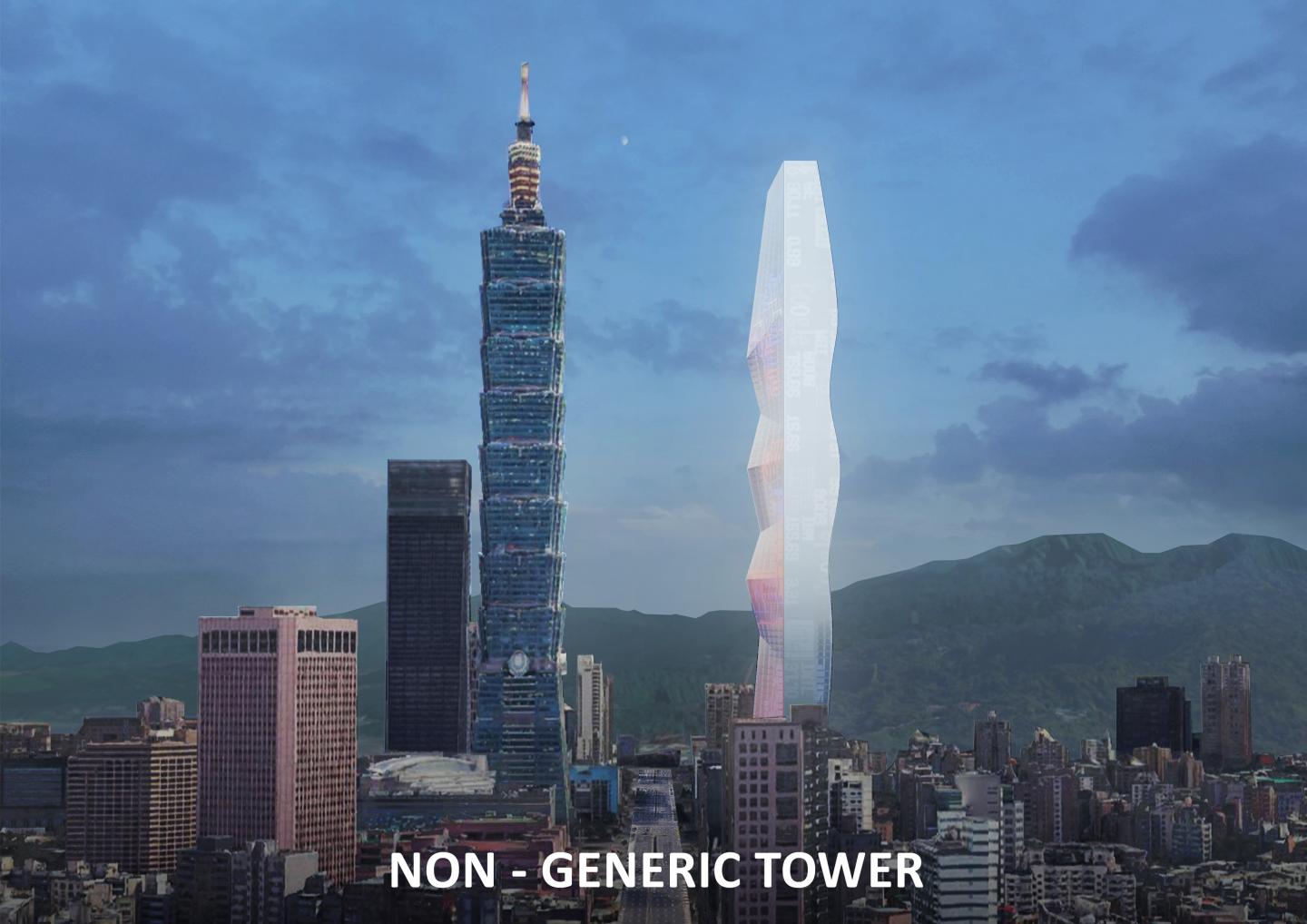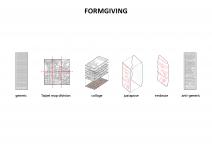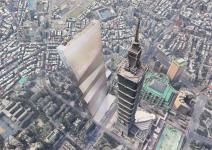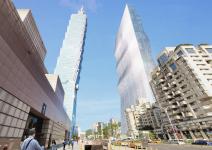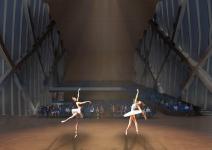Skyscrapers today find themselves as a typology of faceless archetypes. High-rise construction is a reproduction of itself without incorporating idividuality into its DNA, which in turn provokes the creation of generic skyscrapers. This phenomenon is clearly expressed in countries with both well-established and modern urban fabric. Thus, the question emerges: what strategies should be employed to solve the problem?
Non-generic skyscraper is the new stage in high rise architecture which rethinks conventional attitudes towards skyscraper development and offers a new approach in building design. Context and identity are two components of non-generic skyscrapers. The premise of the strategy implies critical approach where a new building does not intervene but enhances the existing context. Whereas, identity is a quality created by architects themselves, contributing to the uniqueness of the project and the culture in which it will be inscribed. However, these two aspects are usually presented in cities separately.
In order to bring the issue to a climax, the location of the proposed building was chosen in Taipei, Taiwan. The site is charged with both tradition and innovation where the concept of non-generic skyscraper can be represented in the best possible way.
The 11500 sq.m. site is located right in front of the iconic Taipei 101 building. First, the site's contour is pushed. Then, the public space at the entrance is created. The form is shaped by the surrounding context: the side oriented to the city is emphasized by four stretched points, addressing rectangular cityscape, while the south elevation facing suburbs complements the mountains and picturesque scenery. The iconic structure's silhouette is surreally reflected on the south elevation. Lateral sides are media screens, announcing events, news, and interacting with the city.
The map of Taipei is divided into six parts, which are juxtaposed and comprise collaged scheme. Then, at their intersection points, four non-generic programs are embedded in created outlines. As a result, a rigid hierarchy of a conventional tower is reconfigured into the non-generic building.
2022
The tower is made of reinforced concrete, metal structural elements and glass. An efficient vertical transport scheme is the dual core design which provides high-efficiency vertical transportation.
Designers: Vladislav Dudyrev, Gamid Isaev, Artem Bashkirov
Supervisor or Instructor: Elena Ermolenko
